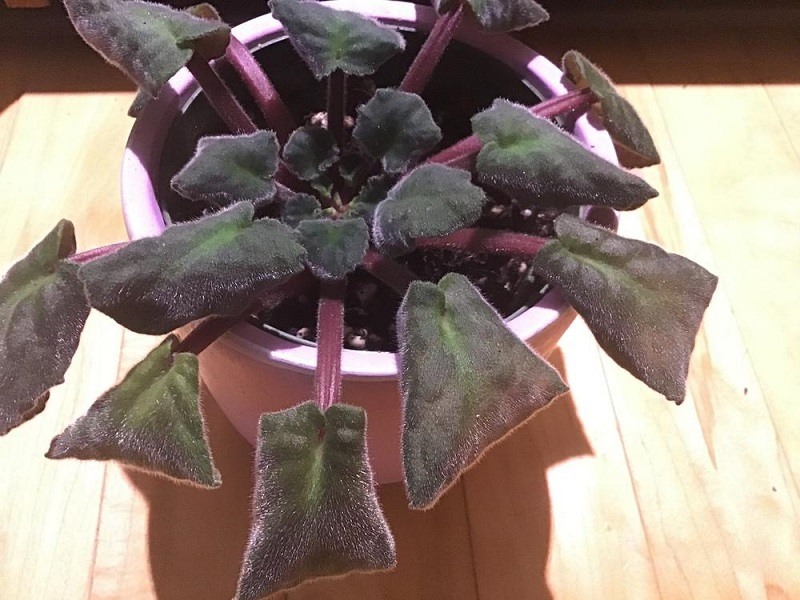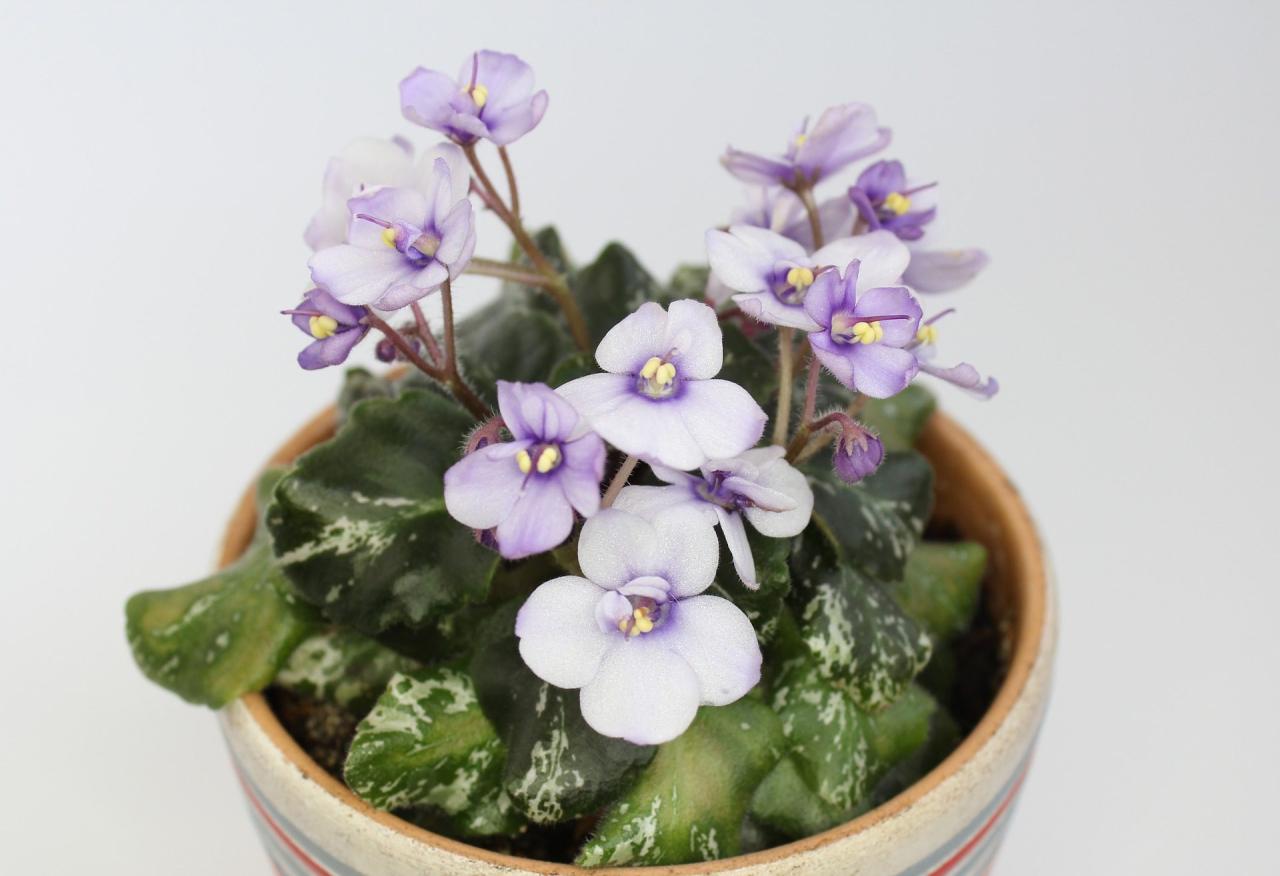The droopy African Violet (Saintpaulia) is a common problem among plant enthusiasts and can be a significant concern for those who want to maintain the beauty and health of these charming houseplants. The African Violet is beloved for its vibrant flowers and lush foliage, making it a popular choice for indoor gardening. However, when these plants start to droop, it can be disheartening. Understanding the causes, solutions, and maintenance of droopy African Violets is essential for nurturing a thriving plant.
Understanding the African Violet

African Violets are native to East Africa and are renowned for their ability to bloom multiple times a year with the right care. They are typically small, hardy plants, making them suitable for home environments. Here are some basic characteristics:
| Feature | Description |
|---|---|
| Scientific Name | Saintpaulia |
| Light Requirements | Bright, indirect sunlight |
| Watering | Keep the soil moist but not soggy |
| Temperature | Ideal range is 65°F to 75°F (18°C to 24°C) |
What Causes African Violets to Droop?
Several factors can lead to the drooping of African Violets. Identifying these causes is crucial for restoration. Here are the primary reasons:
1. Overwatering
Overwatering is one of the most common reasons for droopy African Violets. Excess water can lead to root rot, which inhibits the plant’s ability to absorb nutrients and moisture effectively.
Important Note: Always ensure the pot has proper drainage to prevent water from accumulating at the bottom.
2. Underwatering
Conversely, underwatering can also cause droopiness. When the soil becomes too dry, the plant can’t take in enough moisture, leading to wilting leaves.
3. Poor Lighting Conditions
African Violets thrive in bright, indirect light. Too much direct sunlight can scorch the leaves, while too little light can weaken the plant, causing drooping.
4. Temperature Stress
These plants prefer a stable temperature. Sudden temperature changes or drafts can cause stress, resulting in droopy foliage.
5. Nutrient Deficiency
A lack of essential nutrients, particularly nitrogen, can impact the plant’s health, leading to drooping and yellowing leaves.
Identifying Droopy Leaves
Recognizing droopy leaves in African Violets is essential for taking timely action. Here are signs to look out for:
1. Leaf Position

The leaves may hang down or appear limp, losing their usual upright stance.
2. Color Changes
Drooping leaves may also become yellow or brown, indicating stress or poor health.
3. Texture Changes
Healthy leaves have a firm texture. Droopy leaves may feel soft or mushy, particularly if overwatered.
How to Revive a Droopy African Violet
If your African Violet has begun to droop, don’t despair! Here are actionable steps to revive your plant:
1. Adjust Watering Practices
Check the moisture level in the soil before watering. If the top inch is dry, it’s time to water. If it’s wet, allow it to dry out before the next watering.
2. Optimize Lighting Conditions
Move your African Violet to a spot where it receives bright, indirect sunlight for at least 12 hours a day. If natural light is insufficient, consider supplementing with grow lights.
3. Maintain Optimal Temperature
Keep your plant in a warm environment, away from drafts and sudden temperature changes. Ideally, maintain temperatures between 65°F and 75°F (18°C to 24°C).
4. Fertilize Appropriately
Use a balanced, water-soluble fertilizer every 4 to 6 weeks during the growing season. This will provide the essential nutrients your plant needs to flourish.
Important Note: Always follow the manufacturer’s instructions on fertilizer application to prevent nutrient overload.
5. Repotting
If the droopiness persists, consider repotting the plant into fresh, well-draining soil. This can help rejuvenate the roots and promote healthier growth.
Long-term Care for African Violets
To ensure your African Violets remain vibrant and healthy, consistent care is essential. Here are some long-term care tips:
1. Proper Pot Selection
Choose pots with drainage holes to prevent waterlogging, which can lead to root rot.
2. Regularly Check for Pests
Inspect your plants regularly for common pests such as aphids, spider mites, and mealybugs. Early detection can prevent significant damage.
3. Pruning and Grooming, Droopy African Violet
Remove dead or yellowing leaves to keep the plant healthy and encourage new growth. Pruning can also improve air circulation around the plant.
4. Humidity Levels
African Violets thrive in a humidity range of 40-60%. Consider using a humidifier or placing a tray of water with pebbles beneath the pot to maintain humidity levels.
5. Seasonal Adjustments
Be mindful of the changes in seasons. During the winter months, plants may need less water and light, while in summer, adjust accordingly for increased growth and blooming.
Common Problems with African Violets
Aside from droopiness, African Violets can face several other issues. Here are some common problems and their solutions:
1. Leaf Spots
Leaf spots can occur due to overwatering or using cold water. To resolve this, ensure proper watering practices and use room-temperature water.
2. Wilting Flowers
Flowers may wilt if the plant is under stress. Review watering and lighting conditions to alleviate the problem.
3. Fungal Diseases
Fungal issues can arise from excess moisture. Use fungicide if you notice mold or mildew, and allow the soil to dry out between watering.
Conclusion
Understanding the care needs of your African Violet is crucial to preventing droopiness and other health issues. By addressing the causes and applying proper care techniques, you can enjoy the beauty of these stunning plants year-round. Whether you are a novice or an experienced gardener, consistent attention and care will ensure your African Violets thrive and bloom beautifully. 🌸
